Annie Leibovitz on the legacy of Henri Cartier-Bresson
Leibovitz was one of five artists and collectors asked by Palazzo Grassi to reinvent the French photojournalist’s ‘Master Collection’ of 385 images
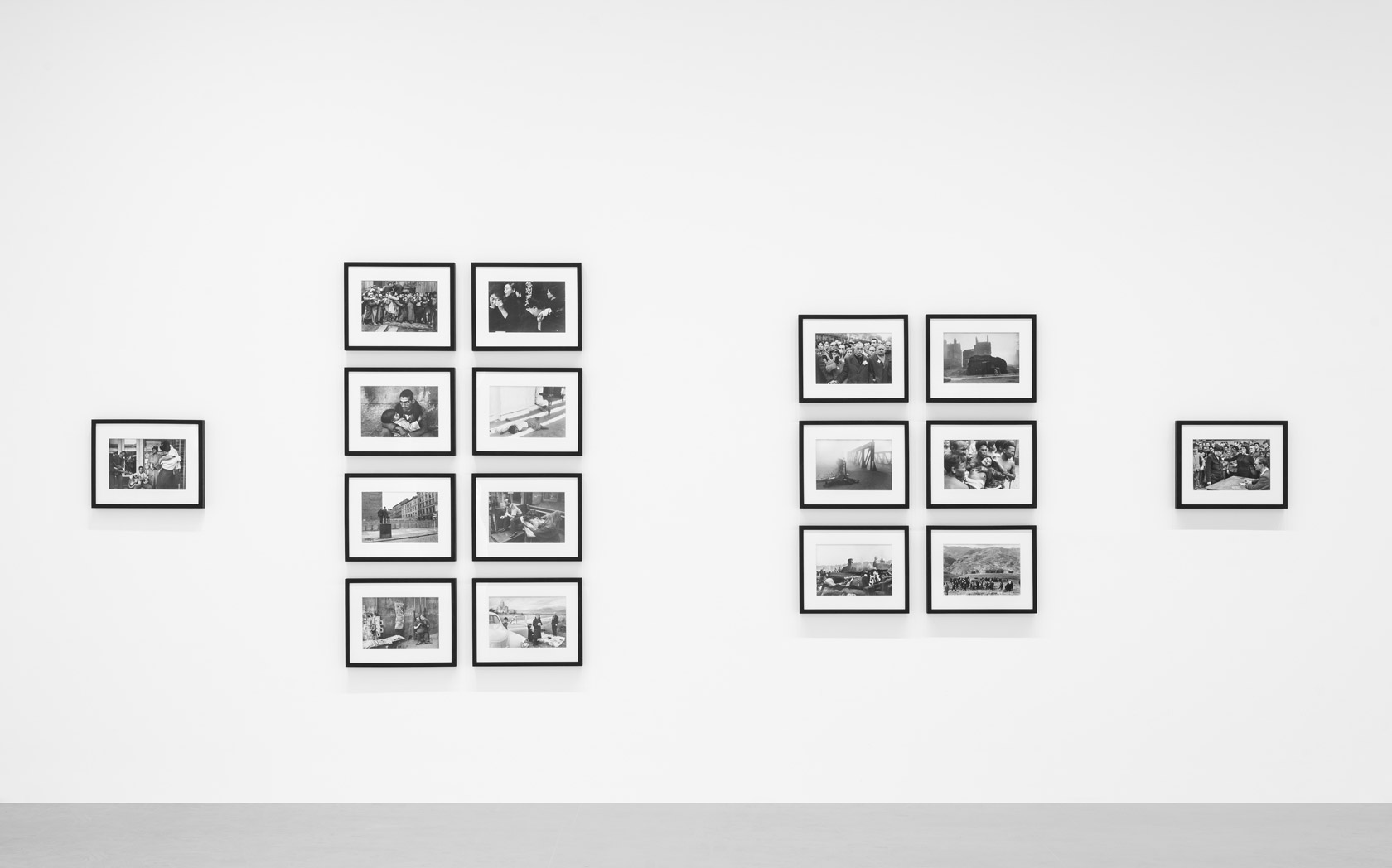
Leibovitz remembers, as a young painting student at the San Francisco Art Institute, studying one of the iconic photojournalist Henri Cartier-Bresson’s most famous images. The now illustrious American portrait photographer found the image in the university’s library, in a newly published book titled The World of Henri Cartier-Bresson.
A member of the French army during the Second World War, Cartier-Bresson escaped from a prisoner-of-war camp in 1943 and joined a French underground photographic unit, covering the liberation of France and the retreat of the German army. In the spring of 1945, he found himself photographing a displaced persons camp in Dessau, Germany, between the American and Soviet zones. ‘The photograph shows the moment when a Gestapo informant is confronted by a woman she betrayed,’ Leibovitz writes. ‘The informant is humiliated, the betrayed woman in a rage and about to strike a blow, the spectators in thrall at the scene – all conveyed with great simplicity.’
In the catalogue of a new exhibition ‘Le Grand Jeu’, on show now at Palazzo Grassi, Venice, Leibovitz says: ‘Seeing Cartier-Bresson’s work made me want to become a photographer. The idea that a photographer could travel with a camera to different places, see how other people lived, make looking a mission — that that could be your life was an amazing, thrilling idea.’
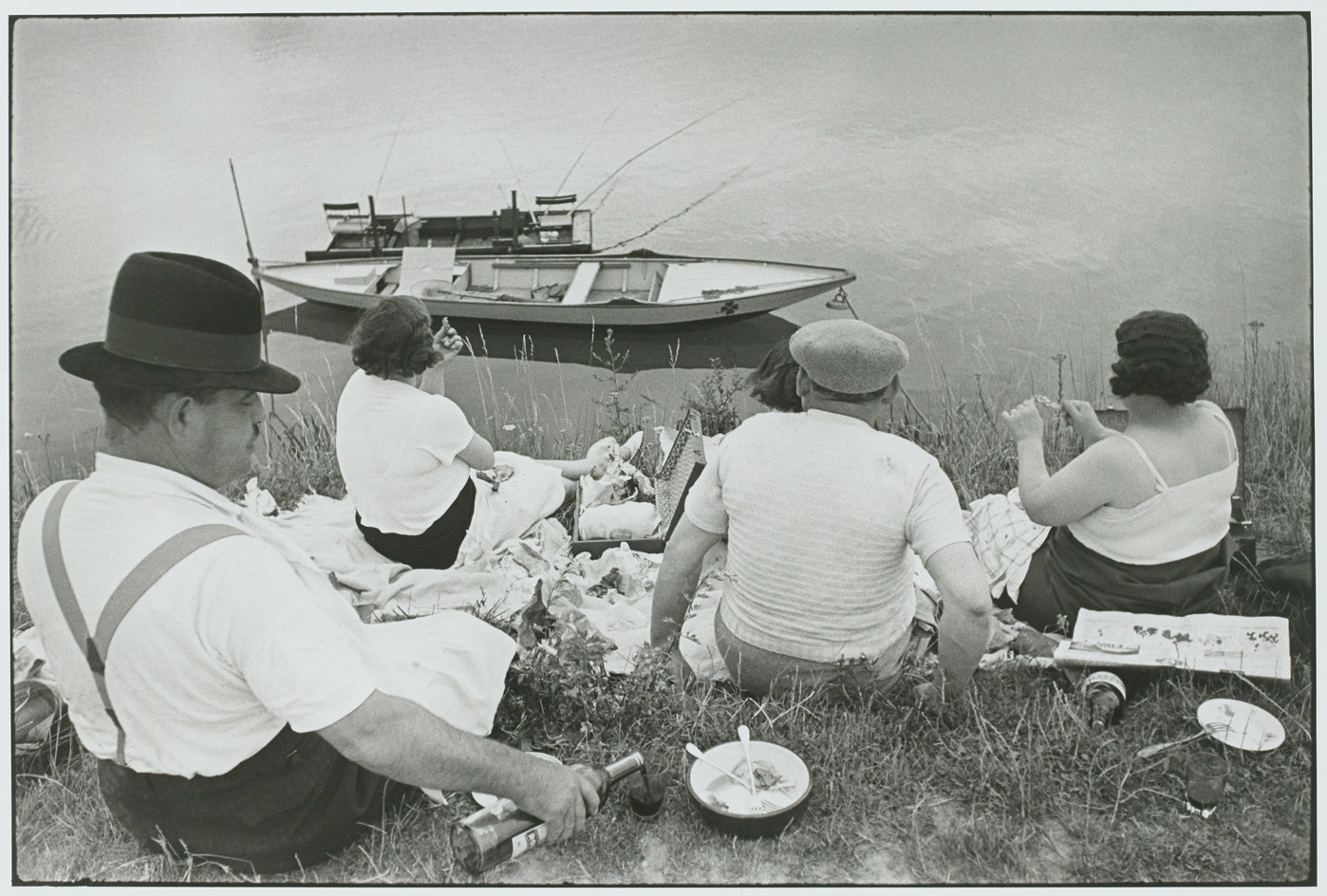
Henri Cartier-Bresson, Dimanche sur les bords de Seine, France, 1938, gelatin silver print, 1973. © Fondation Henri Cartier-Bresson / Magnum Photos. Selected by Annie Leibovitz as part of her curated section of ‘Le Grand Jeu’ at Palazzo Grassi
The exhibition’s title ‘Le Grand Jeu’ is a reference to the group of photographs that Cartier-Bresson, the man now best known for coining the term ‘the decisive moment’, considered to be his ‘Master Collection’. The selection was made in 1972, in Houston, in the home of the renowned photography collectors John and Dominique de Menil.
When Cartier-Bresson stayed with them one summer, they asked the French photographer to compile his selection. Almost 50 years later, the 385 photographs he chose for the de Menils have been gathered at Palazzo Grassi, in an exhibition born of a partnership between the Bibliothèque nationale de France in Paris, the Pinault Collection and the Fondation Henri Cartier-Bresson.But, as a way of providing an additional element of curation to Cartier-Bresson’s selection, the exhibition’s overall curator,
Matthieu Humery, invited five co-curators to provide their response to Cartier-Bresson’s work. Annie Leibovitz was one of those curators, alongside art historian Sylvie Aubenas, writer Javier Cercas, collector François Pinault and film director Wim Wenders. Each had to follow a basic rule; they were to choose 50 images from amongst the 385. Beyond that, they were given free reign to do whatever they liked with the sequencing and editing of Cartier-Bresson’s work.
You can see the way Cartier-Bresson composed. How he found a situation that he liked and then waited for something to happen within it
To contend with the task, Leibovitz first pinned all the photographs, which she had printed the size of index cards, in rows on a wall of her studio. She then picked out the pictures that had a strong influence on her work and remained etched on her mind from her time as a student. ‘Some of the photographs I chose are hard to look at. Some of them are important, famous pictures because of their subjects,’ Leibovitz says.
‘You can see the way Cartier-Bresson composed. How he found a situation that he liked and then waited for something to happen within it. How there is something going on in the foreground and something else in the background or in another part of the scene. It’s almost the way your eye sees. Something is happening in front of you, and something else is happening farther off. It’s interesting to see what he does over and over again.’
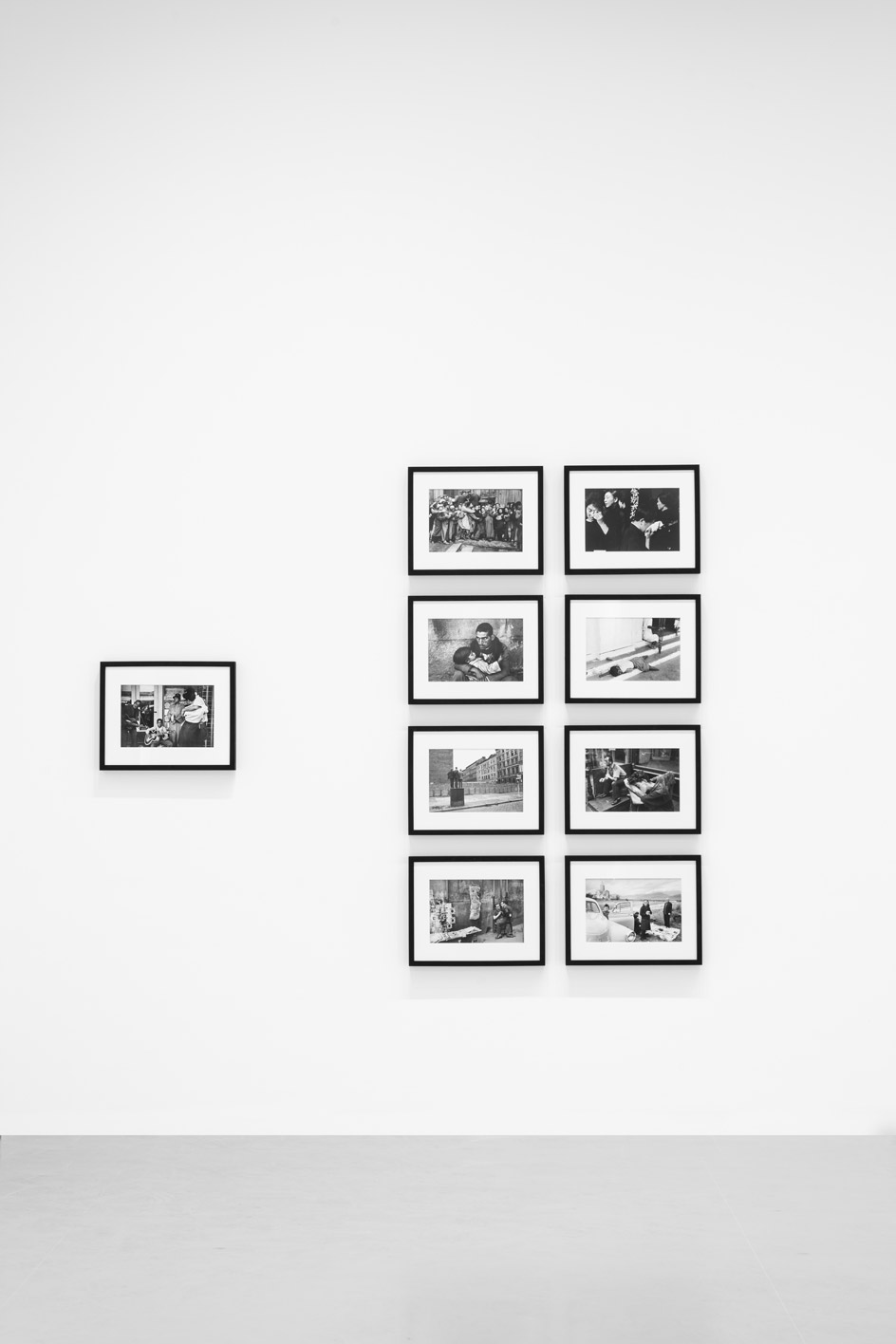
Installation view of Annie Leibovitz's curated section in ‘Le Grand Jeu’ at Palazzo Grassi, Venice
Leibovitz met Cartier-Bresson once, in 1976, when she was a young photographer at Rolling Stone. Jann Wenner, the magazine’s editor, asked her to work on a special issue of the magazine, in which she would make a series of portraits of other photographers. Included were Andy Warhol, Richard Avedon, Jacques-Henri Lartigue, Helmut Newton and Ansel Adams.
Leibovitz wrote a letter to Cartier-Bresson at his home in Paris and got no response. ‘So I made a pilgrimage to Paris to find him. I didn’t have an appointment. I just went to the Magnum office and he happened to be there,’ she says. Leibovitz walked home with Cartier-Bresson before having lunch at his house. ‘But he continued to refuse to let me photograph him or interview him,’ she says.
I made a pilgrimage to Paris to find him. I didn’t have an appointment. I just went to the Magnum office and he happened to be there. But he continued to refuse to let me photograph him or interview him
Leibovitz left without a portrait, and had a sleepless night. Early the next morning, she went back to a footbridge they had walked over the day before. ‘It was on his way to Magnum, and I thought that maybe he would come there again,’ she says. ‘It was neutral territory.’ After an hour, Cartier-Bresson appeared on the street, and Leibovitz started taking pictures without him being aware of her presence.
‘When he realised that the person taking photographs was me, he started yelling,’ Leibovitz remembers. ‘I didn’t understand everything he said, because I was concentrating on the pictures, but the gist was that I had betrayed him,’ Leibovitz says.
‘He composed himself, and we walked together to the Magnum office. Along the way he explained that he didn’t want to be photographed because he felt that he wouldn’t be able to do his work on the street if people knew what he looked like,’ Leibovitz says. ‘They would behave differently if they knew he was taking their picture. This is something I only understand now.’
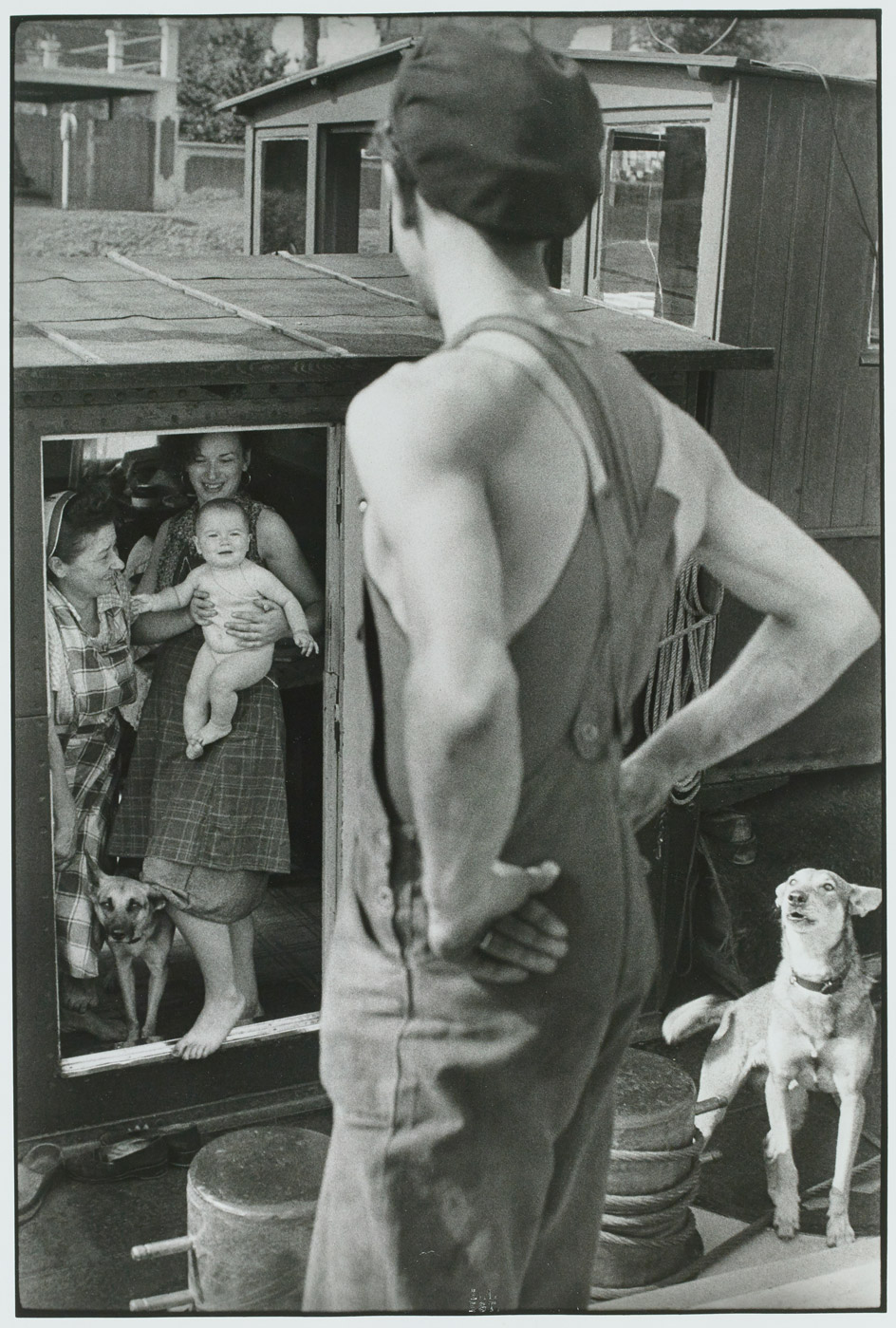
Henri Cartier-Bresson, Bougival, France, 1956, gelatin silver print, 1973 © Fondation Henri Cartier-Bresson / Magnum Photos. Selected by Annie Leibovitz for her curated section in ‘Le Grand Jeu’
NFORMATION
‘Henri Cartier-Bresson. Le Grand Jeu’ is at Palazzo Grassi, Venice until 20 March 2021. palazzograssi.it
ADDRESS
Receive our daily digest of inspiration, escapism and design stories from around the world direct to your inbox.
Campo San Samuele, 3231
30124 Venezia VE
Italy
Tom Seymour is an award-winning journalist, lecturer, strategist and curator. Before pursuing his freelance career, he was Senior Editor for CHANEL Arts & Culture. He has also worked at The Art Newspaper, University of the Arts London and the British Journal of Photography and i-D. He has published in print for The Guardian, The Observer, The New York Times, The Financial Times and Telegraph among others. He won Writer of the Year in 2020 and Specialist Writer of the Year in 2019 and 2021 at the PPA Awards for his work with The Royal Photographic Society. In 2017, Tom worked with Sian Davey to co-create Together, an amalgam of photography and writing which exhibited at London’s National Portrait Gallery.
-
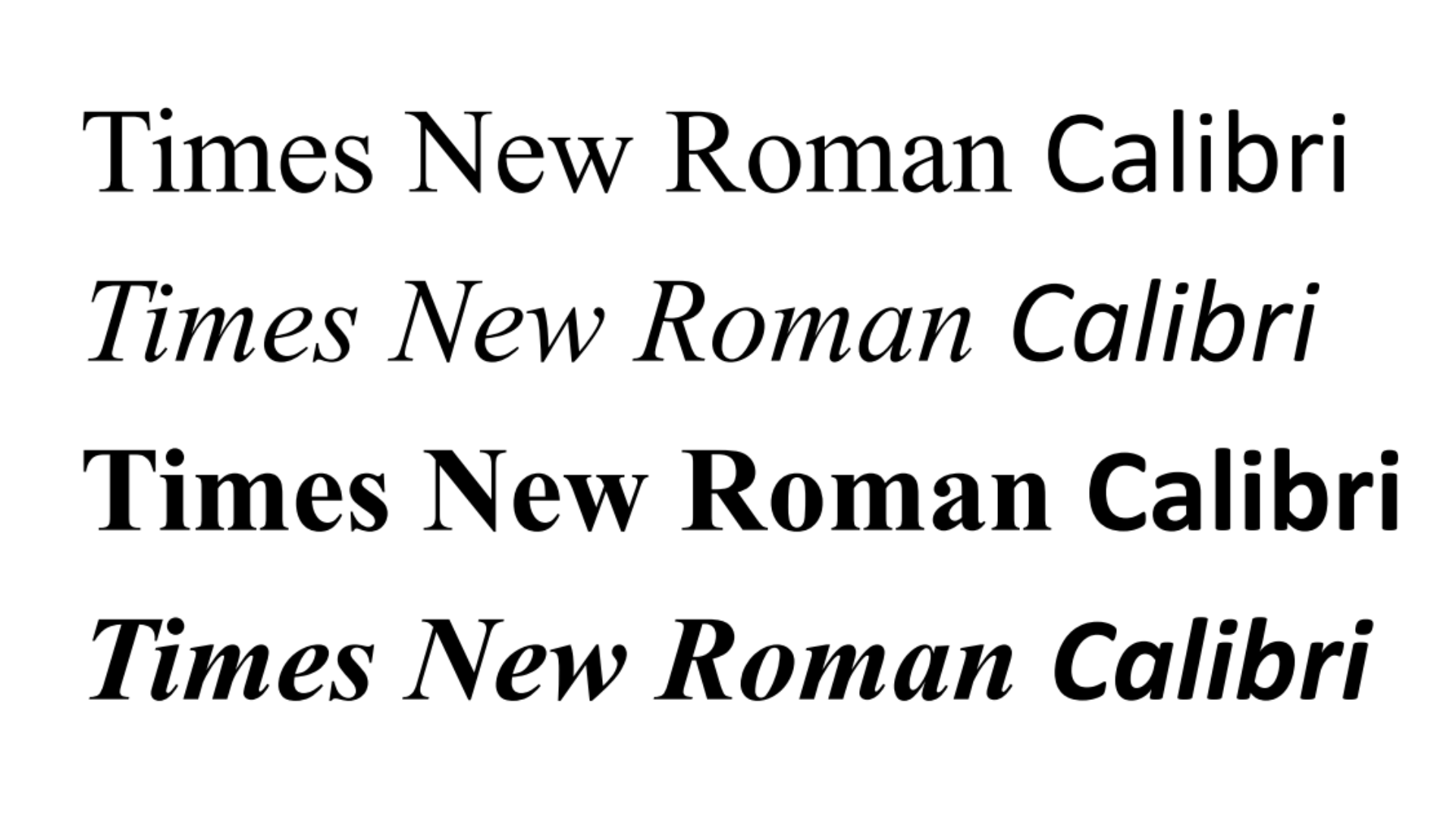 Is the Calibri typeface 'woke'? We asked its designer
Is the Calibri typeface 'woke'? We asked its designer'It's more a compliment than something bad for me,’ says the Dutch type designer Lucas de Groot
-
 The Wallpaper* Design Awards are back in 2026 – see who's shortlisted
The Wallpaper* Design Awards are back in 2026 – see who's shortlistedOur annual design awards returns in January – here are the first shortlisted nominees
-
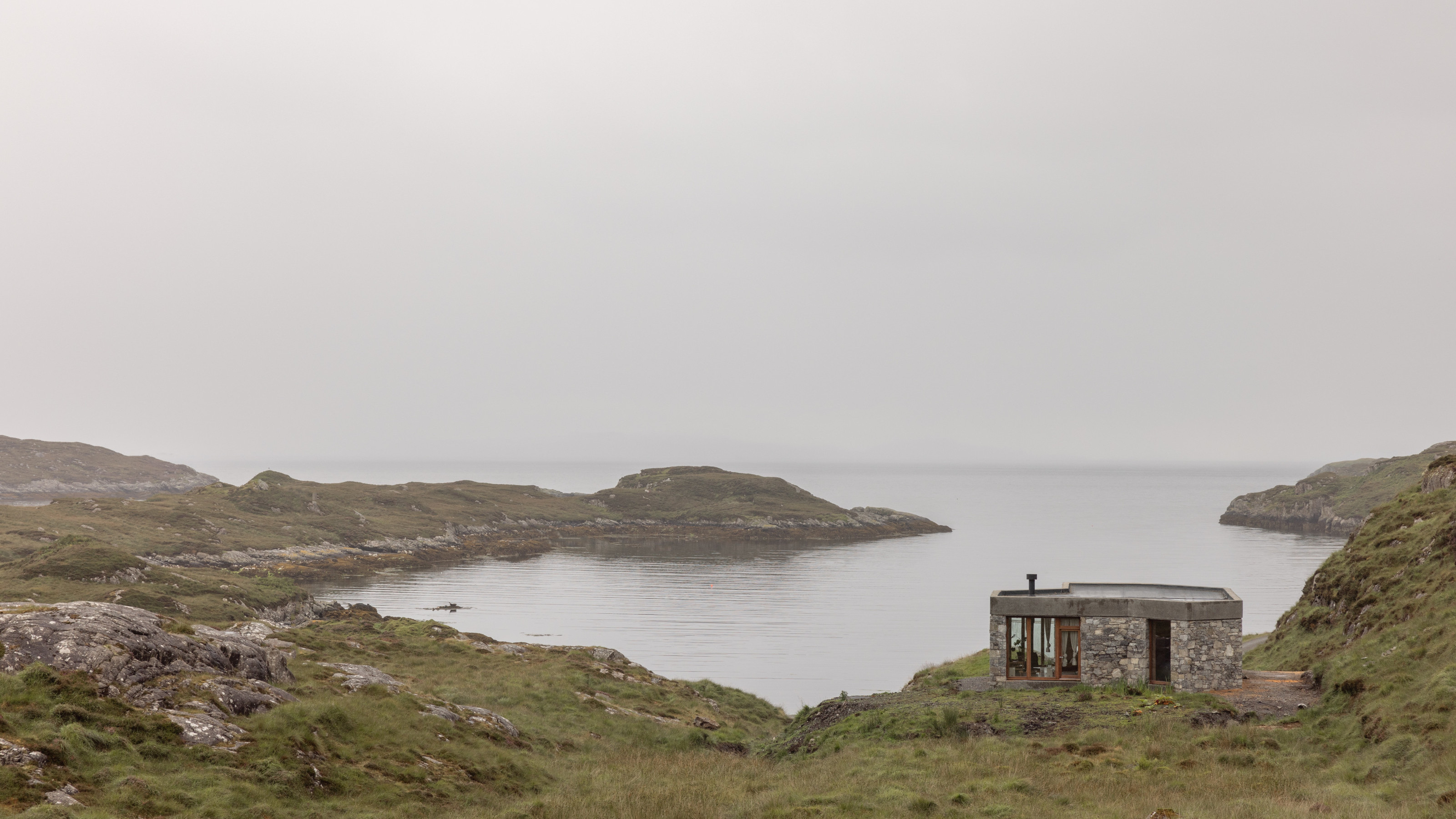 RIBA House of the Year 2025 is a ‘rare mixture of sensitivity and boldness’
RIBA House of the Year 2025 is a ‘rare mixture of sensitivity and boldness’Topping the list of seven shortlisted homes, Izat Arundell’s Hebridean self-build – named Caochan na Creige – is announced as the RIBA House of the Year 2025
-
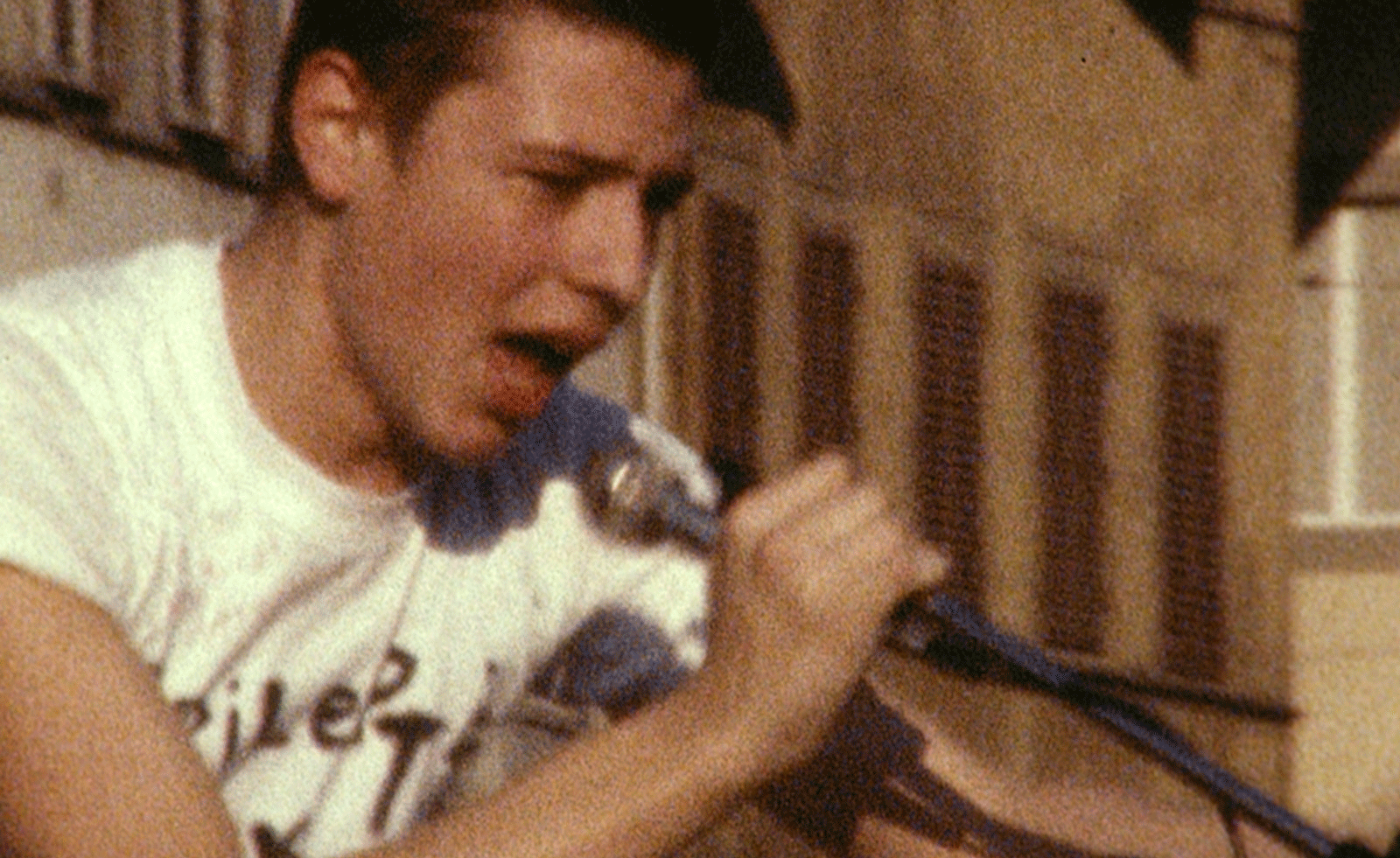 A forgotten history of Italian artists affected by the HIV-AIDS crisis goes on show in Tuscany
A forgotten history of Italian artists affected by the HIV-AIDS crisis goes on show in Tuscany‘Vivono: Art and Feelings, HIV-AIDS in Italy. 1982-1996’, at Centro per l'Arte Contemporanea Luigi Pecci in Prato delves into the conversation around the crisis
-
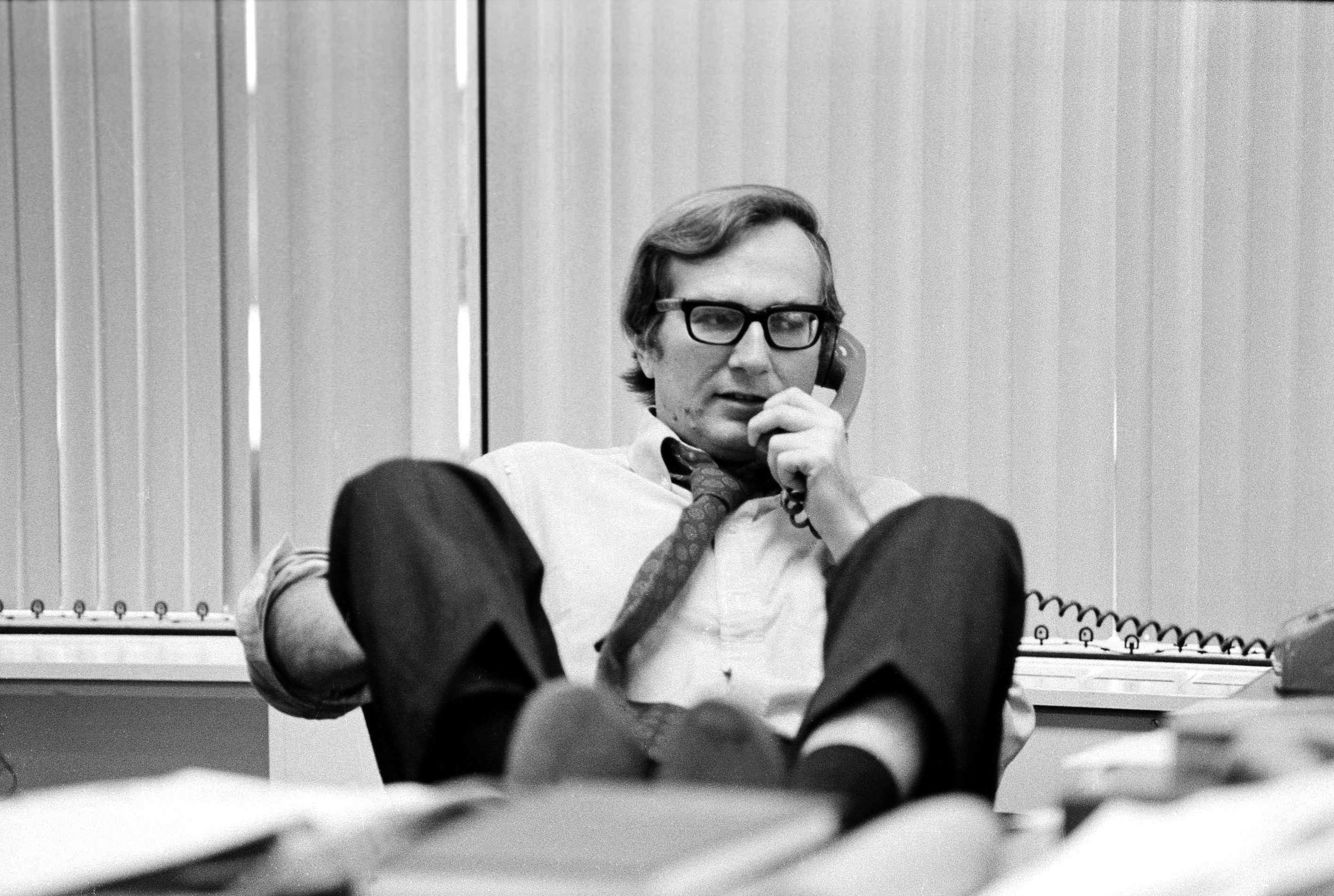 Venice Film Festival brings auteurs, daring debuts and unforgettable stories
Venice Film Festival brings auteurs, daring debuts and unforgettable storiesVenice Film Festival is in full swing – here are the films shaping up to be the year's must-sees
-
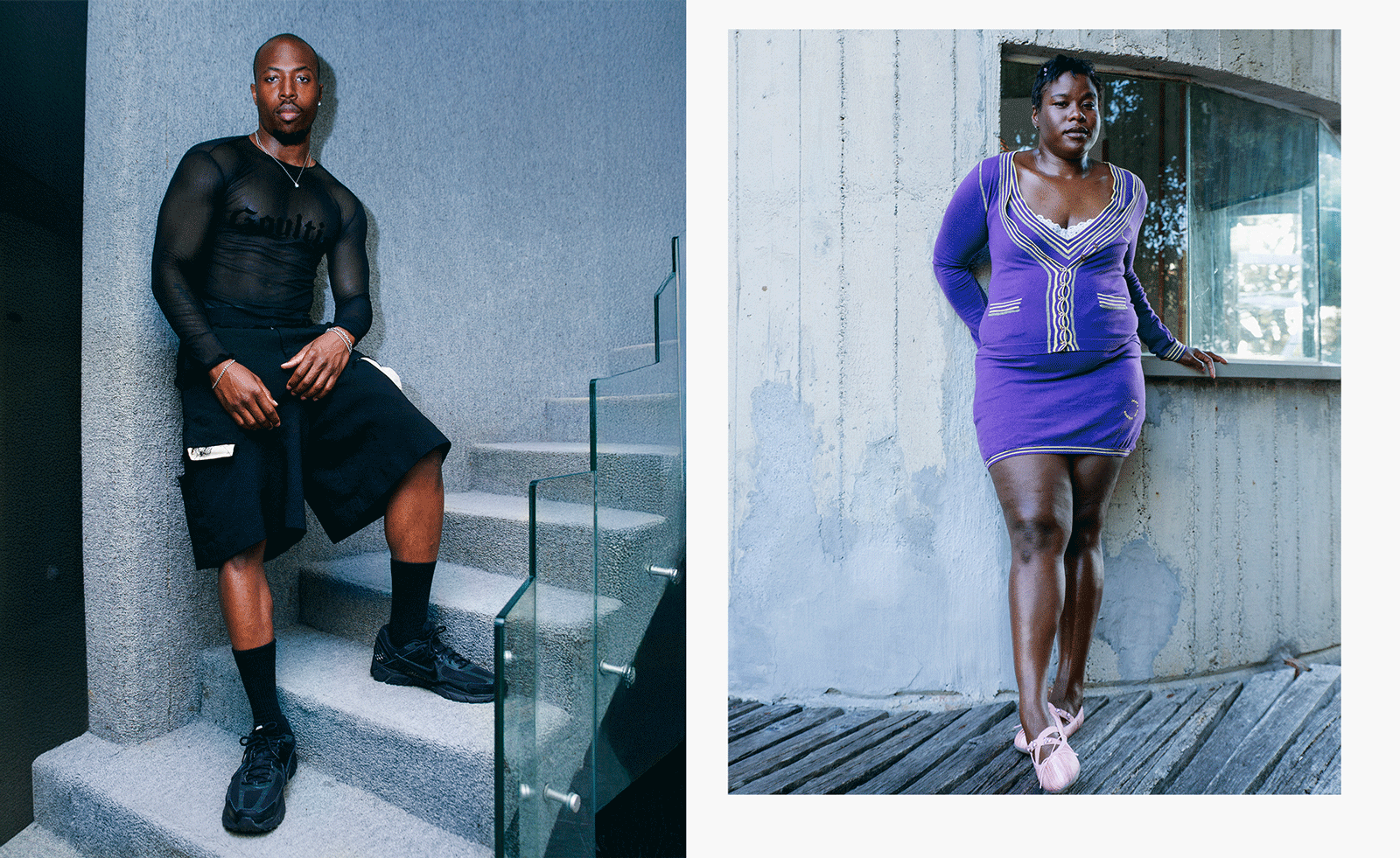 Creativity and rest reign at this Tuscan residence for Black queer artists
Creativity and rest reign at this Tuscan residence for Black queer artistsMQBMBQ residency founder Jordan Anderson sparks creativity at his annual Tuscan artist residency. Wallpaper* meets him to hear about this year's focus.
-
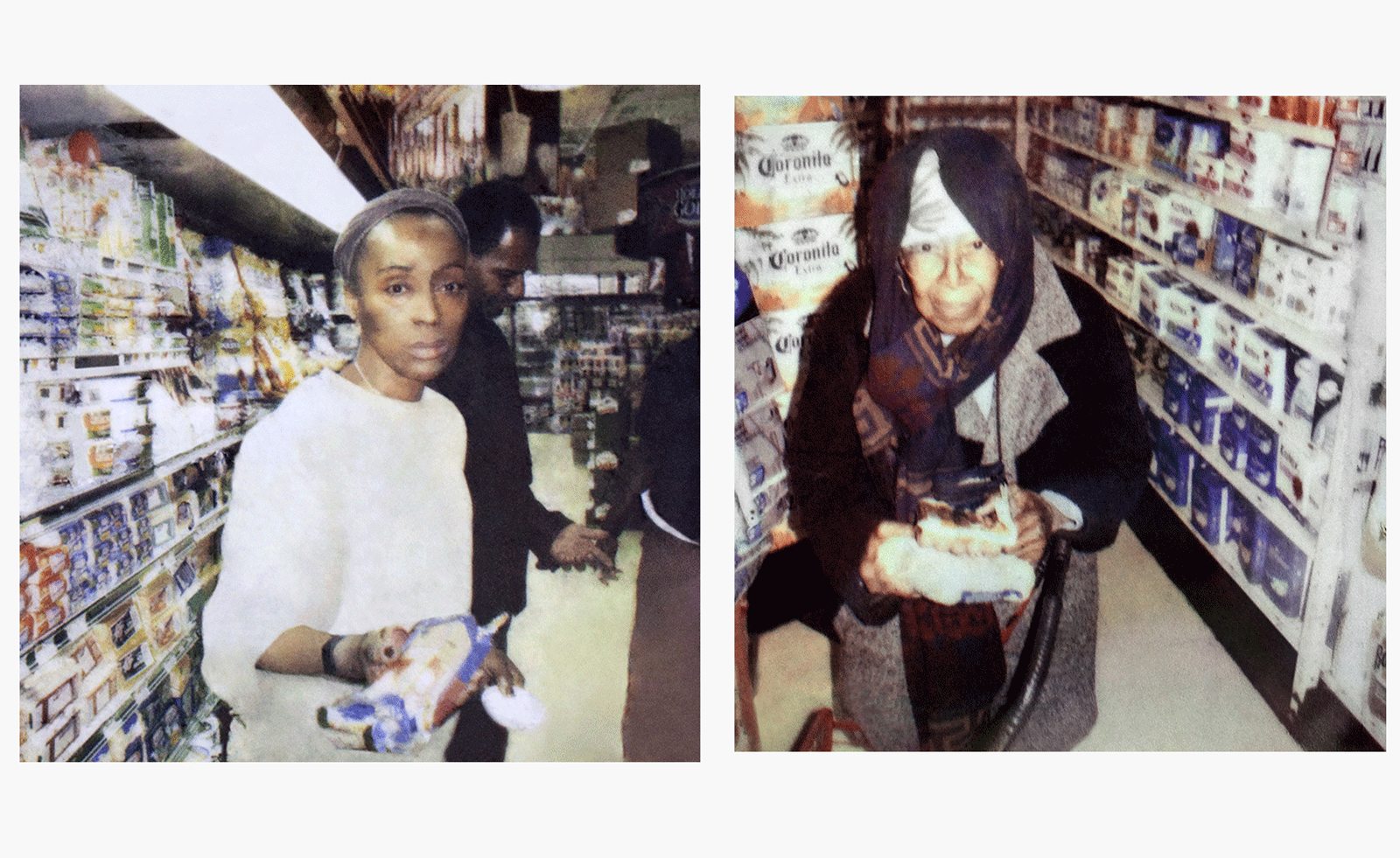 Photographer Mohamed Bourouissa reflects on society, community and the marginalised at MAST
Photographer Mohamed Bourouissa reflects on society, community and the marginalised at MASTMohamed Bourouissa unites his work from the last two decades at Bologna’s Fondazione MAST
-
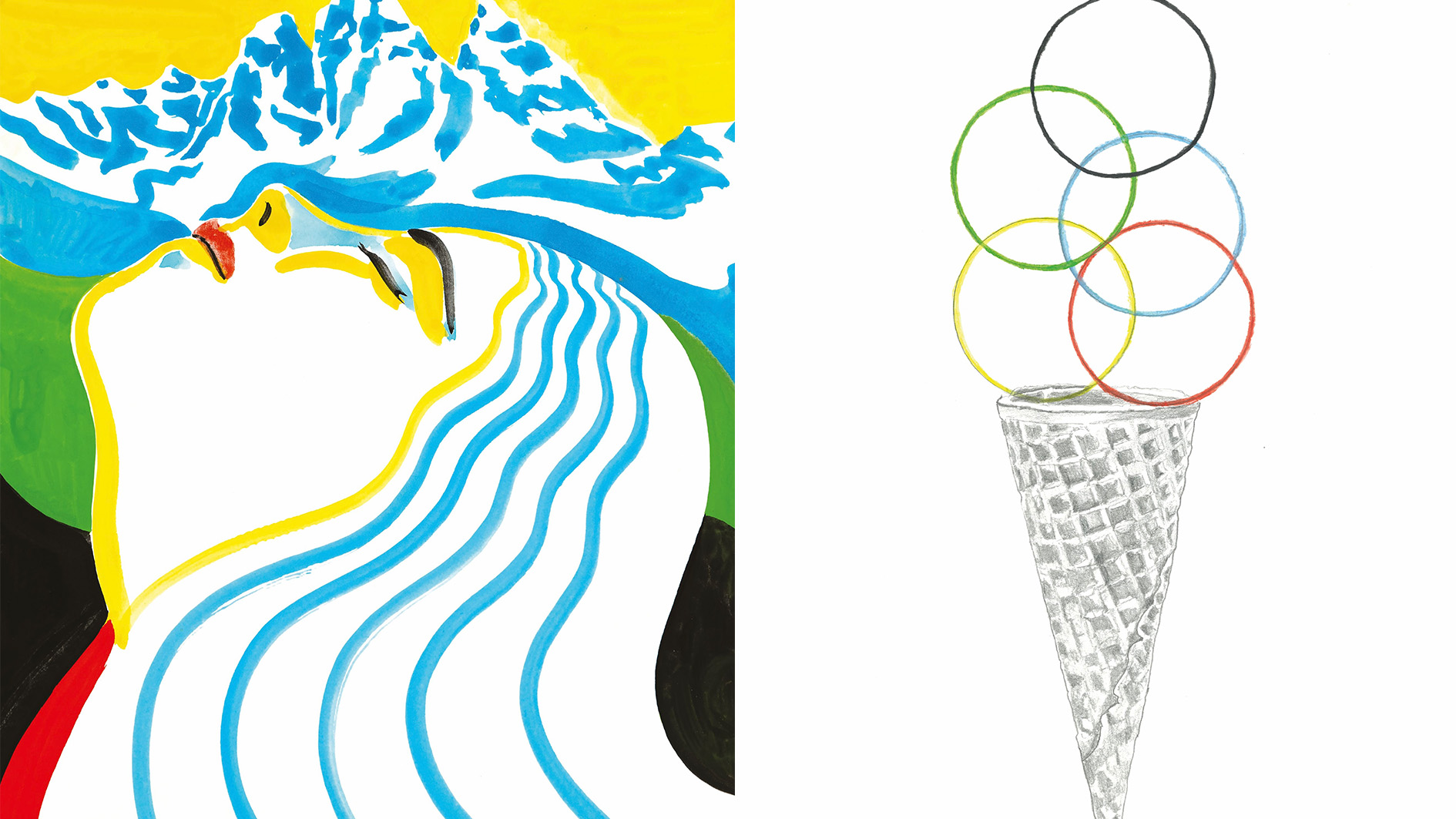 Ten super-cool posters for the Winter Olympics and Paralympics have just been unveiled
Ten super-cool posters for the Winter Olympics and Paralympics have just been unveiledThe Olympic committees asked ten young artists for their creative take on the 2026 Milano Cortina Games
-
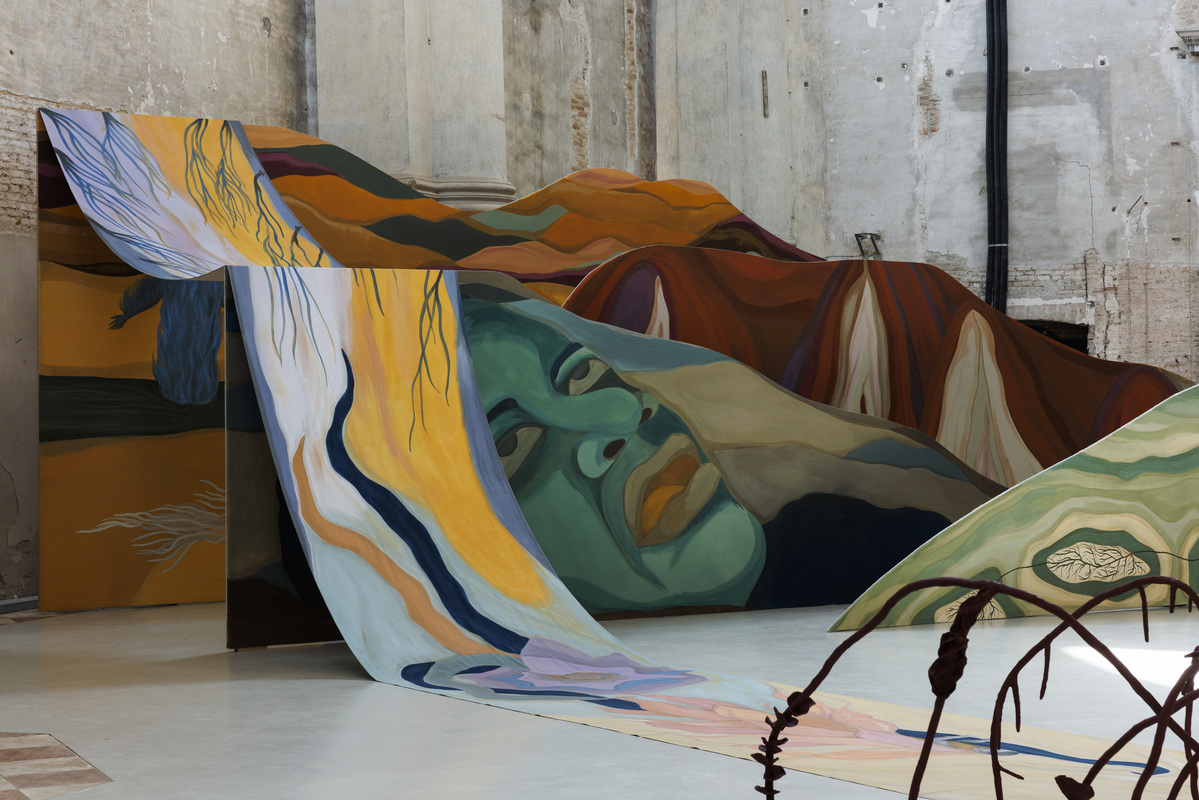 ‘Water is coming for the city, how do we live with that?’ asks TBA21 in Venice
‘Water is coming for the city, how do we live with that?’ asks TBA21 in VeniceArt advocacy and activism platform TBA21's Venetian project, Ocean Space, addresses the climate issues the city is facing
-
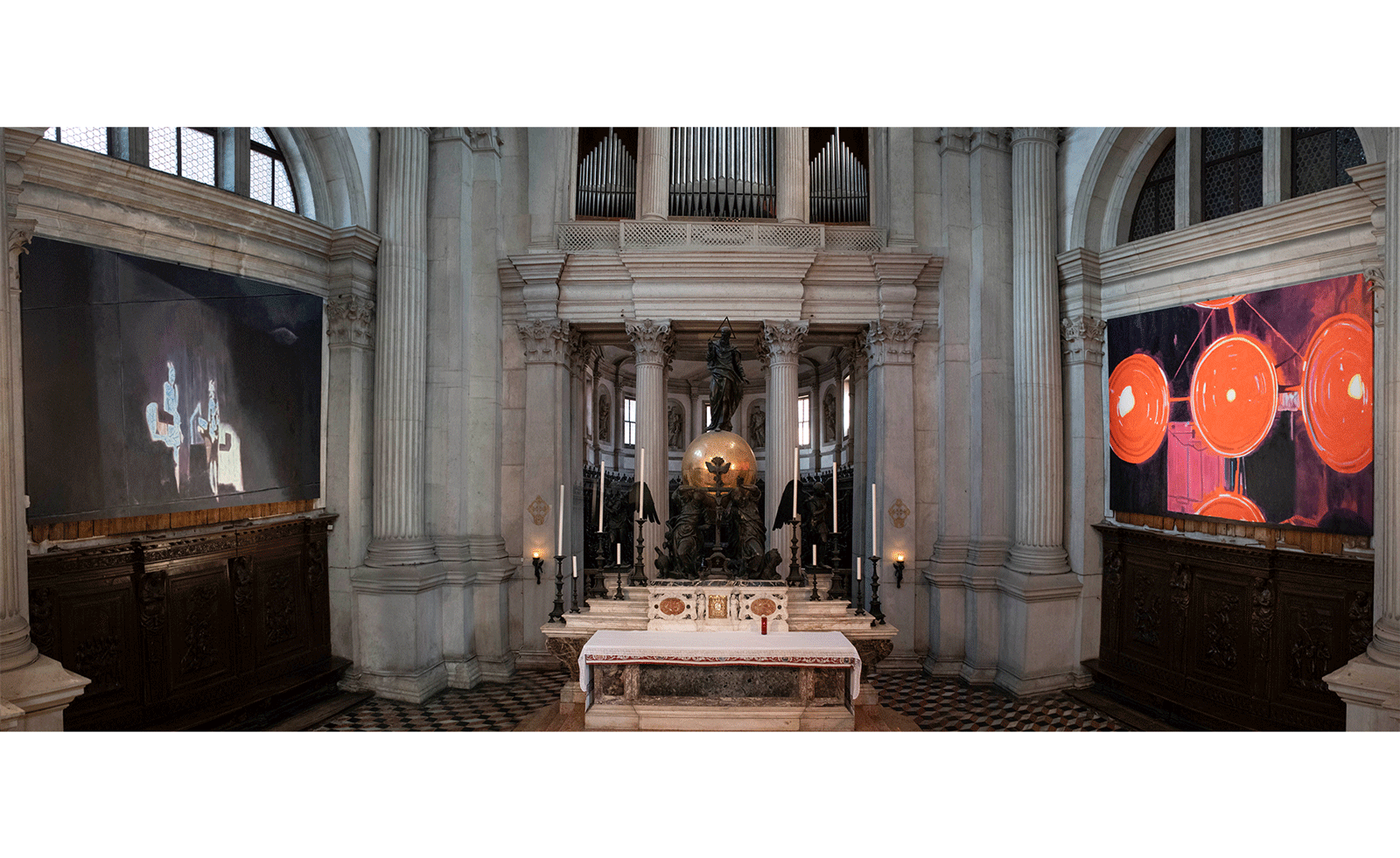 Luc Tuymans debuts his largest ever paintings at Venice’s majestic San Giorgio Maggiore Basilica
Luc Tuymans debuts his largest ever paintings at Venice’s majestic San Giorgio Maggiore BasilicaLuc Tuymans is the latest artist to be commissioned by San Giorgio to present work inside its famous space
-
 Saskia Colwell’s playful drawings resemble marble sculptures
Saskia Colwell’s playful drawings resemble marble sculpturesSaskia Colwell draws on classical and modern references for ‘Skin on Skin’, her solo exhibition at Victoria Miro, Venice